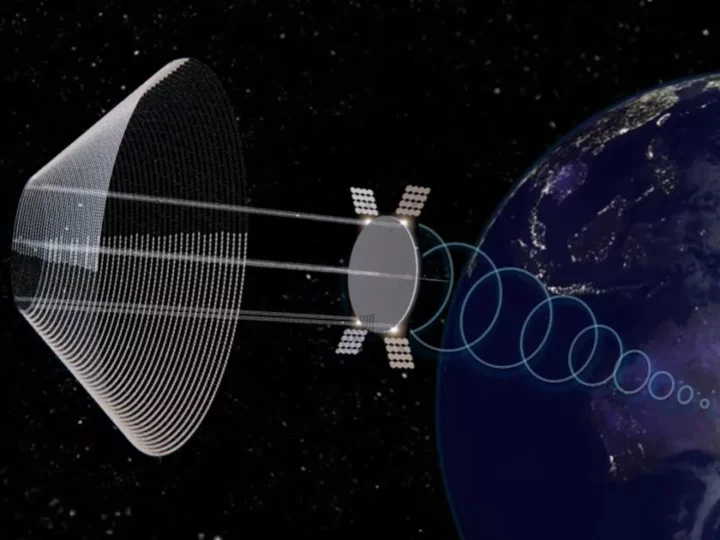
Solar panel breakthrough paves way for ‘utility-scale’ space farms
Scientists have discovered how to double the efficiency of an ultra-lightweight solar cell, which they claim could be used to harvest the Sun’s energy in space at a never-before-seen scale. The next-generation solar panels, built by a team from the University of Pennsylvania, use layers that are over a thousand times thinner than a human hair, yet capable of absorbing a comparable amount of sunlight to commercially available solar cells. The extreme thinness earned them the label two-dimensional, or 2D TMDC, as they are only a few atoms thick. The ability to produce more electricity per weight compared to traditional silicon solar cells makes them highly suitable for sending into space to harvest the Sun’s energy, according to the researchers. “High specific power is actually one of the greatest goals of any space-based light harvesting or energy harvesting technology,” said Deep Jariwala from the University of Pennsylvania. “This is not just important for satellites or space stations, but also if you want real utility-scale solar power in space. The number of [silicon] solar cells you would have to ship up is so large that no space vehicles currently can take those kinds of materials up there in an economically viable way.” By modelling the innovative solar cell computationally, Professor Jariwala and his team were able to come up with a design that has double the efficiency compared to what had previously been demonstrated. A paper detailing the research, titled ‘How good can 2D excitonic solar cells be?’, was published in the scientific journal Device on Tuesday. The researchers now hope to figure out how to achieve large-scale production for the design. “I think people are slowly coming to the realisation that 2D TMDCs are excellent photovoltaic materials, though not for terrestrial applications, but for applications that are mobile, more flexible, like space-based applications,” said Professor Jariwala. “The weight of 2D TMDC solar cells is 100 times less than silicon or gallium arsenide solar cells, so suddenly these cells become a very appealing technology.” The concept of space-based solar arrays was first theorised more than 50 years ago, with scientists noting that the Sun’s energy could be converted into microwaves and beamed down to ground-based receiving stations that convert them into electricity. It has several advantages over terrestrial setups, as they would not be limited by cloud cover or the Sun’s typical cycle. Research has accelerated in recent years following several major breakthroughs and developments with solar energy harvesting and orbital rocket launches, including the emergence of private space companies like SpaceX that have significantly reduced the cost of delivering payloads into space. Last month, Japanese space agency JAXA announced that it was aiming to set up the first satellite transmitters for a commercial-scale solar farm in space by 2025. The European Space Agency is also planning to establish a development program for this untapped renewable energy resource through its Solaris programme. Read More Japan aims to beam solar power from space by 2025 Electric car drives for 100 hours non-stop on futuristic road Scientists smash world record for solar power window material Apple don’t want you to buy a headset - they’re selling a vision of the future Apple lets people get brand new iPhone update early – but there’s a very big warning
2023-06-06 23:50

Recon Scout Fortnite Available in Item Shop June 2023
The Recon Scout is available for purchase in the Fortnite Item Shop for 1,200 V-Bucks or as part of Tfue's Locker Bundle.
2023-06-06 23:29

Get a 50-inch Roku smart TV for under $200 this week
SAVE $40: As of June 6, the onn. 50-inch 4K Roku smart TV is on
2023-06-06 23:28

Diablo® IV Launches, Immediately Sets New Record as Blizzard Entertainment’s Fastest-Selling Game of All Time
IRVINE, Calif.--(BUSINESS WIRE)--Jun 6, 2023--
2023-06-06 23:28
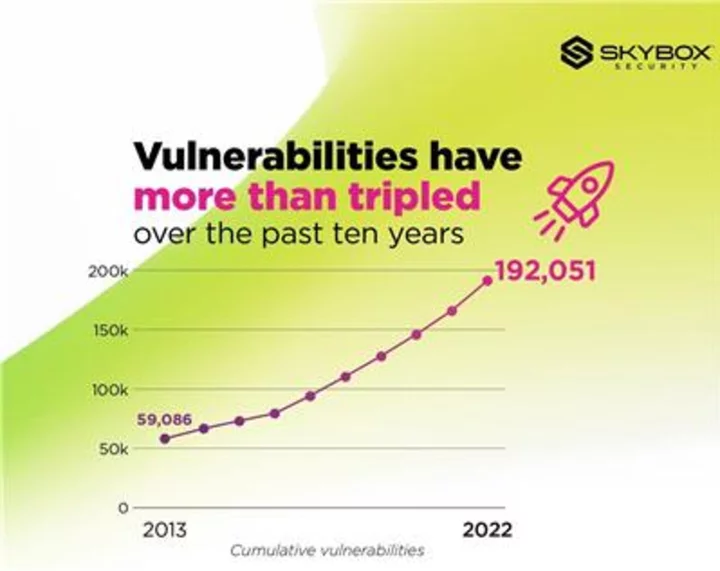
Skybox Security Report Unveils 25% Surge in New Vulnerabilities, Posing a Significant Challenge to Organizations
SAN JOSE, Calif.--(BUSINESS WIRE)--Jun 6, 2023--
2023-06-06 23:27
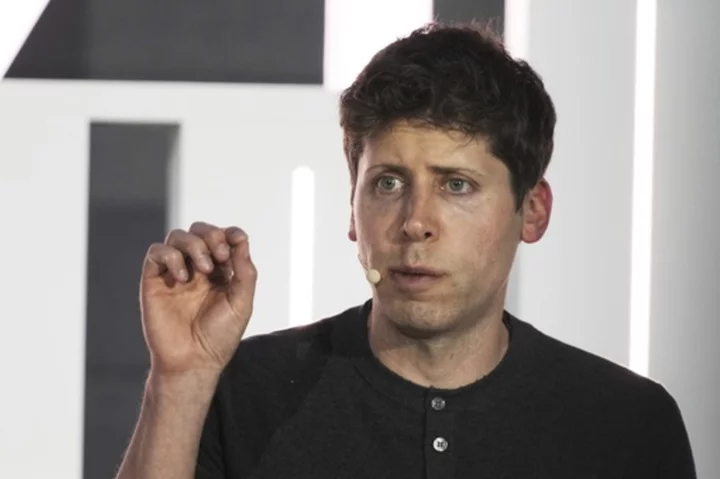
OpenAI CEO suggests international agency like UN's nuclear watchdog could oversee AI
A key innovator is warning that artificial intelligence poses an “existential risk” to humanity
2023-06-06 23:26

Grab two technicolored charging cables for under $40
TL;DR: Through June 11, you can pick up a two-pack of rainbow MFi-certified Lightning cables
2023-06-06 23:26

Is Diablo 4 on Mac?
Diablo 4 is currently not available for purchase on Mac, though players can try playing it on their Mac systems through certain methods.
2023-06-06 23:24

CEO of Germany's Merck: decoupling from China would be at huge economic cost
By Ludwig Burger and Patricia Weiss FRANKFURT (Reuters) -The CEO of German technology group Merck KGaA said that unravelling trade
2023-06-06 23:20
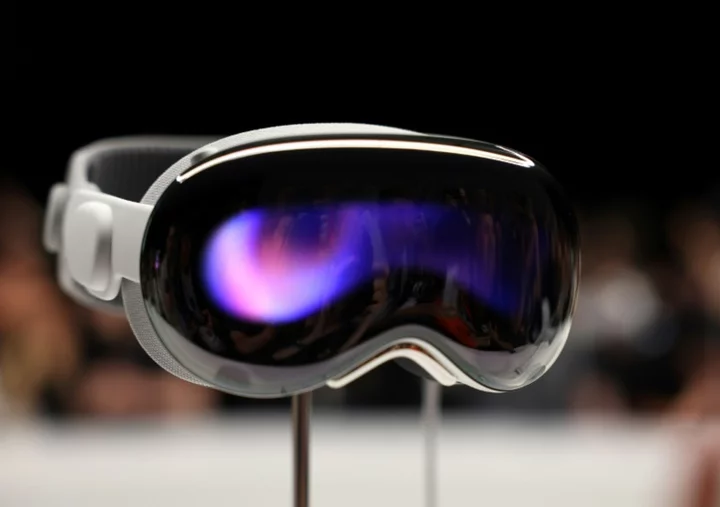
Apple lays down the gauntlet to the metaverse
Tech giant Apple has unveiled its first major product in more than seven years, a mixed-reality headset that might just deliver a...
2023-06-06 23:18
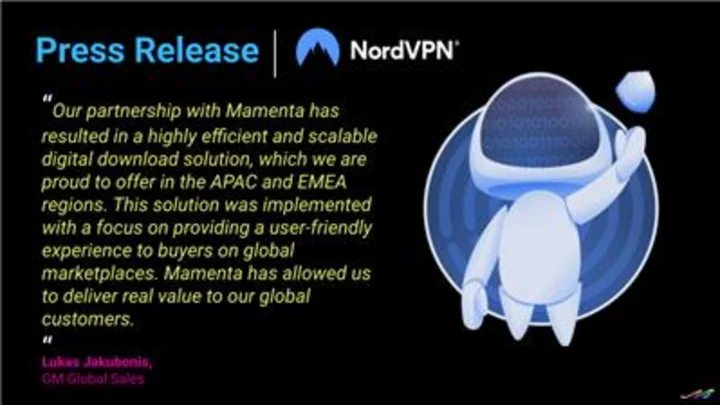
NordVPN Partners With Mamenta to Streamline Global Digital Downloads
DENVER--(BUSINESS WIRE)--Jun 6, 2023--
2023-06-06 22:58

ChatGPT Maker OpenAI Is Staying Private So It Can Make ‘Strange’ Decisions
OpenAI Inc. Chief Executive Officer Sam Altman said he’s not interested in taking the artificial intelligence startup public
2023-06-06 22:49
